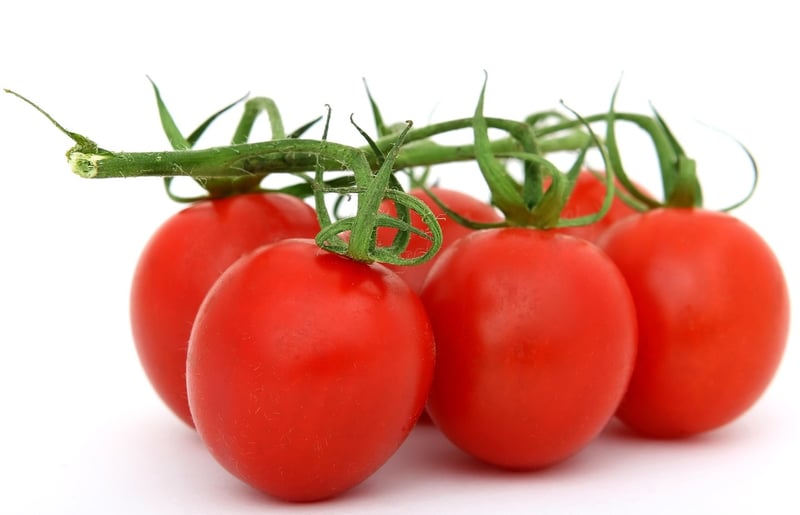Composition Tricks
Capture Food Artistry: Composition Tricks
Food photography is an art form that requires skill and creativity to truly capture the essence of a dish. Whether you are a food blogger, a professional chef, or simply an enthusiast looking to improve your food photography, understanding composition tricks can take your photos to the next level. Here are some tips to help you master the art of capturing food artistry:
1. Lighting is Key
Good lighting is essential for any type of photography, but it is especially crucial when it comes to food photography. Natural light is often the best choice as it brings out the natural colors and textures of the food. Avoid harsh overhead lighting and opt for soft, diffused light for a more flattering look.
2. Rule of Thirds
Use the rule of thirds to create a well-balanced composition. Imagine dividing your frame into a 3x3 grid and place the main elements of your photo along the lines or at the intersections. This technique adds interest and draws the viewer's eye to the focal point of the image.
3. Depth and Layers
Create depth in your photos by including layers in your composition. Play with different heights, textures, and colors to add visual interest. Consider using props such as utensils, napkins, or ingredients to add depth to your images.
4. Symmetry and Patterns
Experiment with symmetrical compositions or patterns to create visually appealing photos. Symmetry can bring a sense of balance and harmony to your images, while patterns can add a dynamic element to your composition.
5. Negative Space
Don't overcrowd your frame with too many elements. Embrace negative space to give your subject room to breathe and draw attention to the main focal point. Negative space can create a sense of simplicity and elegance in your photos.
6. Angles and Perspectives
Explore different angles and perspectives to find the most flattering view of your dish. Get down low for a unique bird's eye view or try shooting from the side to showcase layers and textures. Don't be afraid to experiment with unconventional angles for a fresh take on food photography.
7. Tell a Story
Use props, backgrounds, and styling to tell a story with your food photos. Consider the mood and theme you want to convey and choose elements that enhance your narrative. Incorporating hands, ingredients, or cooking utensils can add a sense of action and authenticity to your images.
8. Editing and Post-Processing
After capturing your photos, editing and post-processing can elevate your images to the next level. Use editing software to adjust exposure, color balance, and sharpness to enhance the overall look of your photos. However, remember not to over-edit and maintain the natural beauty of the food.
By incorporating these composition tricks into your food photography, you can create stunning images that capture the artistry and beauty of the dishes you photograph. Experiment, practice, and don't be afraid to push the boundaries of traditional food photography to create truly unique and captivating photos.

Remember, practice makes perfect, so grab your camera and start experimenting with these composition tricks to take your food photography to the next level!
